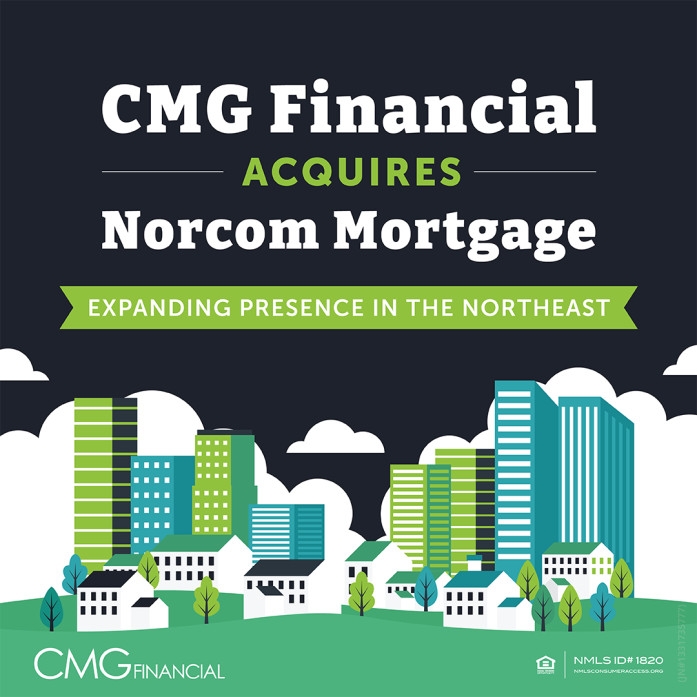As I look to 2023, my crystal ball tells me that it will indeed be a long, cold winter, but by the middle of the year, mortgage markets will have stabilized, and we will be in a much more normalized real estate market, albeit one constrained by low supply and buyer/borrower reluctance. Here is what I see:
Interest rates will peak in early 2023 before retreating to the 5s before year-end. The Federal Reserve increased rates by 50 basis points at its December meeting, but Chairman Jerome Powell also noted the Fed is beginning to see some signs of progress in its fight against inflation. However, the Fed made it clear to the market that it intends to stay the course with additional, smaller rate increases still necessary. But it will also give hope that a potential pivot may be in the cards, as it remains nimble in their approach based on incoming data.
The residential real estate recession that has slowed home sales to a crawl will spread to the rest of the economy, and job growth will shrink dramatically in the first quarter of 2023 as housing’s economic multiplier effect evaporates. It is important to remember that when home sales stall, so does the sale of carpet, furniture, draperies, linens, and everything else that fills a new home. Considering that, by some estimates, housing (in one way or another) equates to as much as 20% of the economy, it is hard to envision the slowdown in housing sales not having a more profound impact on the broader economy.
Inflation pressures will ease, and the primary economic concern will turn to the depth and duration of the impending recession. In my view, a recession is inevitable at this point, but I think the Federal Reserve’s policy will, to a large extent, determine whether it is short and shallow or deeper and more prolonged.












